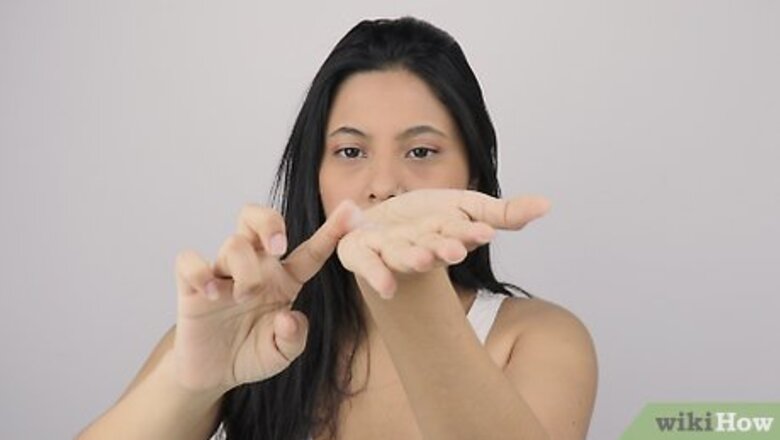
views
Soaking Your Eyelashes with Petroleum Jelly

Place a pea-sized amount of petroleum jelly in the palm of your hand. Cup your hand slightly so your palm forms a small well. Then, place the petroleum jelly in the center of your palm to keep it from running off your hand. Make sure to thoroughly wash and dry your hands before using the petroleum jelly. This will help prevent any dirt or germs being transferred to your eyes.
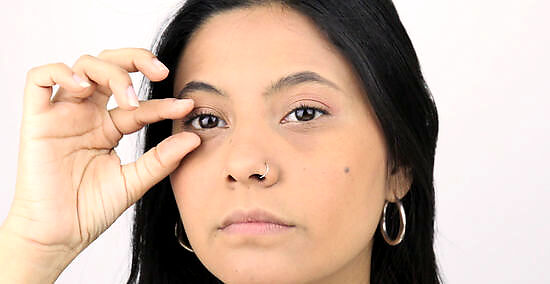
Dip your finger into the petroleum jelly and rub it on your eyelashes. Use your thumb and forefinger to coat both sides of your upper lashes. Then, carefully rub some of the petroleum jelly on your bottom lashes using your forefinger. To keep the petroleum jelly from getting into your eyes, try to close your eyes while coating your lashes. You can either apply the petroleum jelly to your other eye now, or you can wait until you're finished, and then remove the mascara from your other eye.
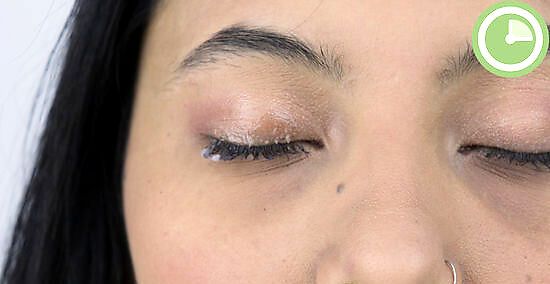
Allow the petroleum jelly to soak on your lashes for 5 minutes. Close your eyes to keep the petroleum jelly from getting in your eyes. Let it soak on your eyelashes for at least 5 minutes. The petroleum jelly will help break down the waterproof mascara.
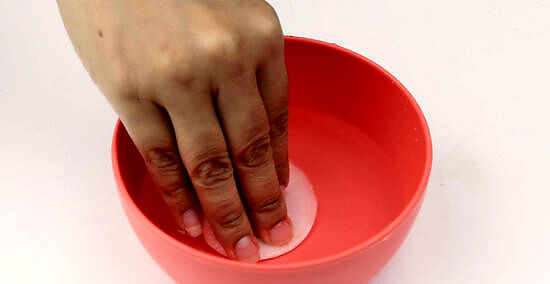
Wipe your eyelashes clean with a makeup pad soaked in warm water. Dampen a makeup pad slightly with warm water. Then, close one eye and gently wipe your lashes to remove the petroleum jelly and waterproof mascara. To avoid getting the petroleum jelly in your eyes, wipe in a downwards motion on your lashes, moving from root to tip.
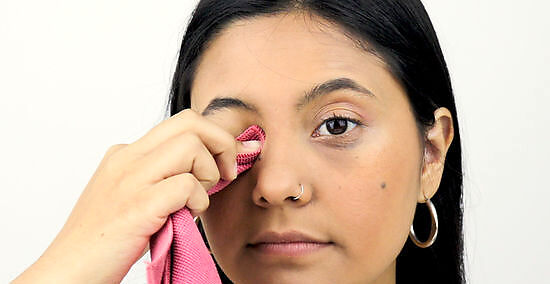
Wash the area around your eyes. Once you've wiped your eyelashes clean, make sure to thoroughly wipe away any remaining residue from the area around your eyes. Then, wash the area with a gentle cleanser or a little micellar water. Leaving petroleum jelly on the delicate skin of your eyelids can clog your pores, leading to painful styes.
Breaking Down the Mascara with Baby Oil
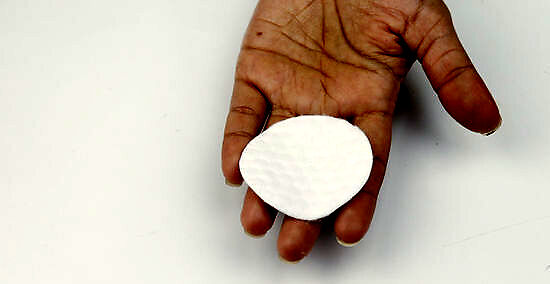
Dampen a makeup pad or cotton swab with some of the baby oil. Apply a pea-sized amount of baby oil to the makeup pad or cotton swab. Add more of the baby oil if needed once you begin to wipe the mascara away. Try making your own waterproof makeup remover by mixing a little baby oil or coconut oil into your regular facial wash. Just be sure you don't open your eyes when you're washing your face.
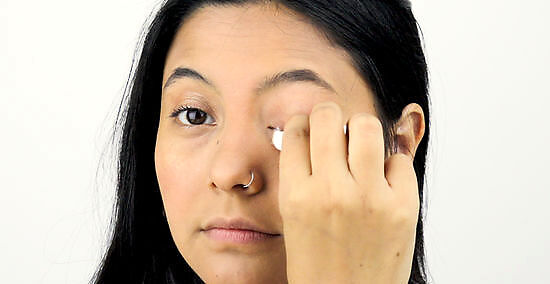
Close one eye and begin wiping your lashes in one direction. Apply a gentle pressure while doing this to avoid unnecessarily tugging your lashes. Work from the inner corner of your eye and along your eye line, wiping out and down as you go. Be careful to not get the baby oil directly in your eyes. Rinse your face with warm water and a washcloth if the skin around your eyes becomes irritated. Repeat this process on your other eye.
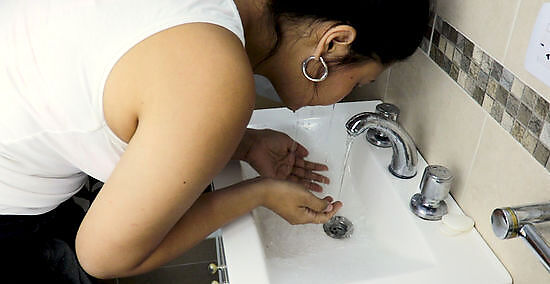
Rinse your face with warm water to remove the oil residue. Splash your face with warm water, and gently rub the treated area around your eyes. Then, pat your face dry with a clean towel. Wash your face with a mild cleanser or wipe it with a cotton pad soaked in micellar water if your skin still feels greasy from the baby oil.
Removing the Mascara with Olive Oil

Splash your eyelids with warm water to wet them. Use your hands or a damp washcloth to wet your eyelids with warm water. The water along your eyelids will keep your eyelids from getting overly greasy because the olive oil will bead up against the water.

Coat a makeup pad with 2 or 3 drops of olive oil. Place a few drops of olive oil onto the center of a makeup pad. Rub the edges of the makeup pad against the olive oil to fully coat the surface of the pad. Instead of olive oil, you can also use coconut oil to remove the waterproof mascara.
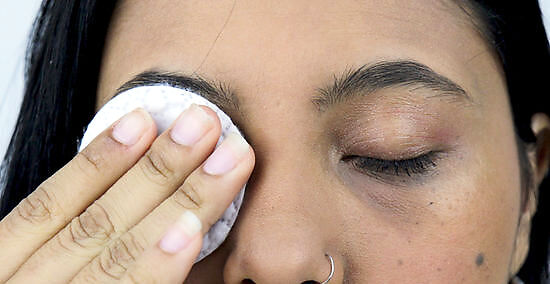
Press the coated makeup pad against your eyelashes for 1 minute. Close your eye and gently hold the makeup pad on your eyelashes. The oil soaking into your eyelashes will help break down the waterproof mascara. If you are using coconut oil, then you only need to press the pad against your eyelashes for 30 seconds.

Use the same makeup pad to gently wipe away the saturated mascara. Wipe in a single downward direction from the inner corner of your eye outwards. Then, rub the pad upwards underneath your eye to remove the mascara from your bottom lashes. If your makeup pad becomes muddied with too much mascara, use a new makeup pad to finish wiping the oil and mascara away. Repeat the soaking and wiping process for your other eye.
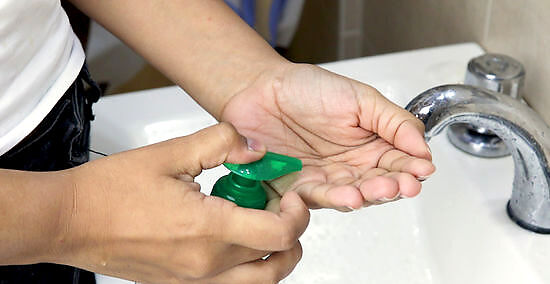
Wash your face with warm water and a cleanser to remove the oil residue. Rinse your face with warm water. Then, lather some soap on your skin to break down any leftover oil. Wash the soap from your face and dry it with a clean towel. Repeat the process if any of the oil remains.
Using a Makeup Remover Towel
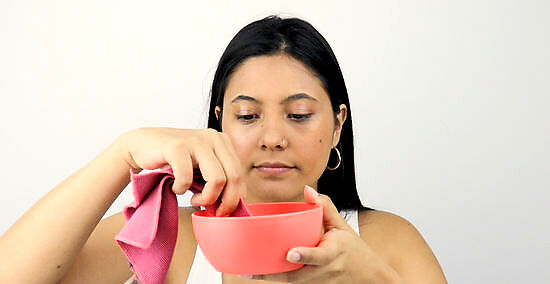
Dampen a small area of the towel with warm water. Wet one of the corners or a more central area of the towel with water. You do not have to soak the entire towel, as you will only be using a small portion to wipe off your mascara. A makeup remover towel is a soft microfiber cloth that can remove makeup using water. You can purchase a makeup remover towel online with major retailers or at your local beauty supply store. If you recently purchased the makeup remover towel, then make sure to wash and air-dry the towel before using it on your face.

Close one eye and wipe your lashes with the dampened portion of the towel. Wipe your lashes in a single direction to avoid tugging them. Work from the inner corner of your eye outwards, wiping downwards for your top lashes and upwards for your bottom lashes. Dampen the cloth with more warm water if it becomes dry while wiping. Repeat the process for your other eye. Use a new, dampened section of the towel to do so.
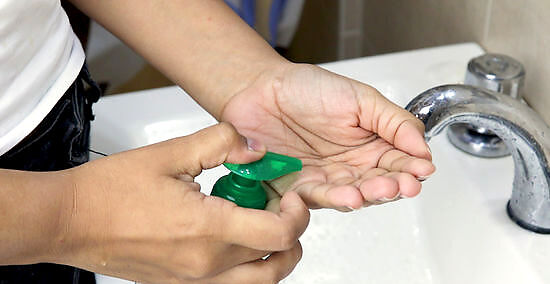
Rinse your face with soap and warm water to wash away any makeup residue. Splash your face with warm water and lather it with your favorite facial cleanser. Rinse your face to finish removing any makeup residue that was left behind. Moisturize your face if your skin seems dry or flakey from rubbing it with the towel.
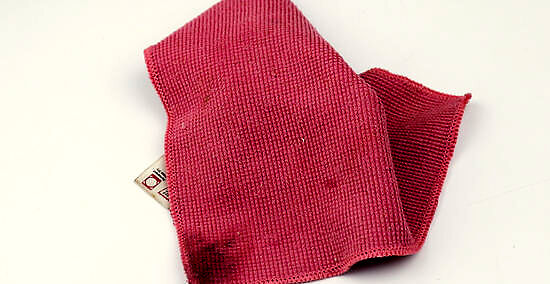
Continue to use the towel to remove your makeup for the rest of the week. Allow the towel to air-dry between uses, and then continue to use it until it becomes muddied with makeup or after a week of continued use. Then, wash the towel according to the manufacturing instructions and air-dry it.


















Comments
0 comment